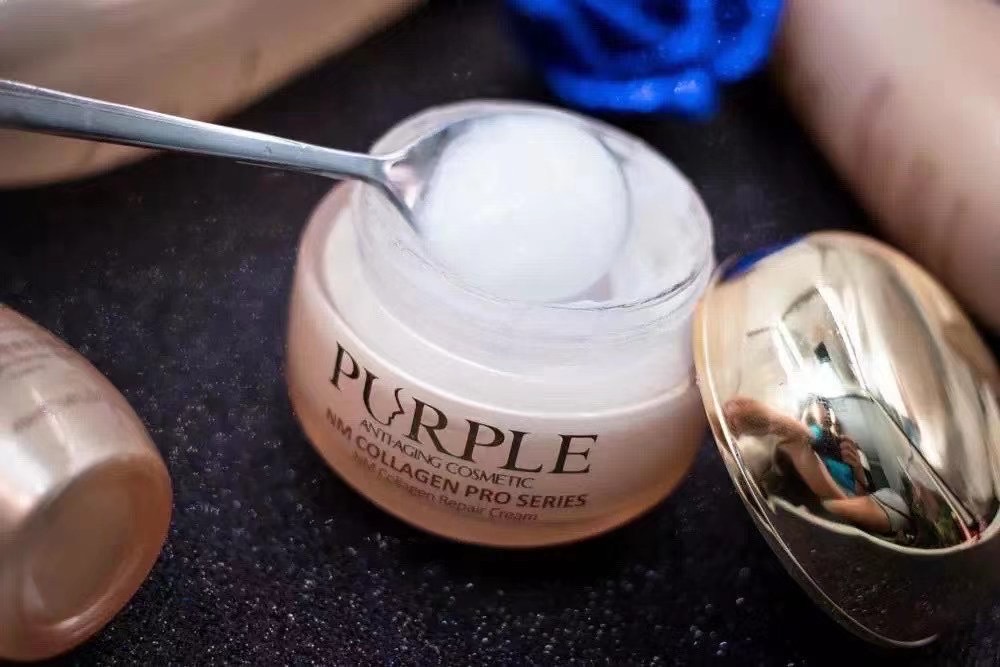Professional industry ceramic supplier, silicon nitride, silicon carbide, aluminum nitride and any other kinds of ceramics.
There are many kinds of fatty acids used as raw materials for cosmetics, such as lauric acid, myristic acid, palmitic acid, stearic acid, isostearic acid, and fats. Fatty acids are the raw materials of cosmetics, and they are mainly combined with potassium hydroxide or triethanolamine to form soaps as emulsifiers. Lauric acid, also known as dodecanoic acid, is a white crystalline waxy solid. In cosmetics, lauric acid, sodium hydroxide, and zinc hydroxide are generally made into sodium laurate and zinc laurate to form soap as cosmetics. Emulsifying and dispersing agent, good foaming and stable foam. Mainly used in shampoo, facial cleanser, shaving cream, etc. Myristic acid and lauric acid can be used in the same range. They are mainly used as raw materials for facial soap and shaving cream, such as magnesium myristate, sodium myristate and potassium myristate. Palmitic acid is a natural material for creams, lotions, surfactants, and fats and oils. Stearic acid and fat are raw materials for face creams, hair creams, lotions and lipsticks, as well as for surfactants.
Fatty alcohols are used as raw materials for oils and fats, mainly C12-C18 higher fatty alcohols, such as lauryl alcohol, cetyl alcohol, stearyl alcohol, etc. as humectants; propylene glycol, glycerol, sorbitol, etc. can be used as thickeners, reducing agents, Solvents and fragrances used in cosmetics. Lauryl alcohol is rarely used directly in cosmetics and is often used as a surfactant. N-Propanol is widely used as an essential oil and a stable raw material for creams and lotions. Stearyl alcohol is the main raw material for the preparation of creams and lotions, and is used in the production of lipstick products when combined with cetyl alcohol.

Fatty acid esters are mainly formed by esterification of higher fatty acids and low molecular weight monohydric alcohols. It is characterized by miscibility with oil, low viscosity, good elasticity, and good skin permeability. It is widely used in cosmetics. Butyl stearate is the raw material of nail polish and lipstick; isopropyl myristate and isopropyl palmitate can be used in hair care, skin care and cosmetics; isooctyl stearate is mainly used in cream products.
Overview of Sodium Myristate
Sodium myristate is a chemical substance listed as CAS 822-12-8. The chemical formula is C13H27COONA, which is easily soluble in water and some organic solvents. Myristic acid is found in the seeds of the tropical tree Myristica fragrans. It is a saturated fatty acid in the long-chain fatty acid subgroup. It exists in most animal and vegetable fats and oils in the form of glycerides. It is mainly found in milk fat. Compared with oleic acid, myristic acid is a kind of hypercholesterolemia, which can increase the levels of low-density lipoprotein and high-density lipoprotein cholesterol in healthy subjects. Myristic acid delays gastric emptying. It may trigger the release of one or more hormones that delay gastric emptying. It is used as an ingredient in soaps, cosmetics and shaving creams, usually in the form of isopropyl myristic acid. In the current practice of use and concentration, it is safe as a cosmetic ingredient. Is sodium myristate natural? It is commonly referred to as the sodium salt of stearic acid, which is a naturally occurring fatty acid. Sodium myristate-a fatty acid that is part of the more complex natural lipid group.
Application of Sodium Myristate
Sodium myristate is a white or light yellow paste. It is often saponified with sodium laurate and used together. It is the main ingredient of soap. It is also used to prepare textile auxiliaries. The main functions of sodium myristate in cosmetics and skin care products are surfactants, detergents and emulsifiers. The risk factor is 2, which is relatively safe and can be used with confidence. Generally, it has no effect on pregnant women, and sodium nutmeg does not cause acne.
Sodium Myristate Price
The price of sodium myristate products varies randomly with the production cost, transportation cost, international situation, exchange rate, and the supply and demand relationship of the sodium myristate product market. Tanki New Materials Co.,Ltd. aims to help various industries and chemical wholesalers find high-quality, low-cost nanomaterials and chemicals by providing a full set of customized services. If you are looking for sodium myristate product materials, please feel free to contact for the latest prices of sodium myristate .
Suppliers of Sodium Myristate
As a global supplier of Sodium Myristate, Tanki New Materials Co.,Ltd. has extensive experience in the performance, application and cost-effective manufacturing of advanced engineering materials. The company has successfully developed a series of powder materials (including oxides, carbides, nitrides, single metals, etc.), high-purity targets, functional ceramics and structural devices, and provides OEM services.
Sodium Myristate Powder Properties |
|
| Other Names | SODIUM MYRISTATE 822-12-8 Sodium tetradecanoate, Tetradecanoic acid, sodium salt, Myristic acid sodium salt |
| CAS No. | 822-12-8 |
| Compound Formula | CH3(CH2)12COONa |
| Molecular Weight | N/A |
| Appearance | white fine powder |
| Melting Point | N/A |
| Solubility in water | N/A |
| Density | N/A |
| Purity | >98% |
| Particle Size | 200 mesh |
| Boling point | N/A |
| Specific Heat | N/A |
| Thermal Conductivity | N/A |
| Thermal Expansion | N/A |
| Young's Modulus | N/A |
| Exact Mass | 478.387252 |
| Monoisotopic Mass | 478.387252 |
|
Sodium Myristate Powder Health & Safety Information |
|
| Safety Warning | N/A |
| Hazard Statements | N/A |
| Flashing point | N/A |
| Hazard Codes | N/A |
| Risk Codes | N/A |
| Safety Statements | N/A |
| RTECS Number | N/A |
| Transport Information | N/A |
| WGK Germany | N/A |
